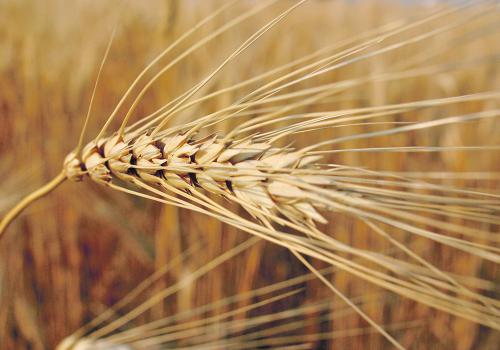One of Canada’s top durum customers is trying to reduce its reliance on imports, according to a U.S. Department of Agriculture report. “The government of Algeria’s goal to reduce durum as well as bread wheat imports remains a top priority,” stated the report. However, a poor harvest will still force the country to buy some wheat in the short-term to fulfill domestic demand and maintain stocks, said the USDA. It is forecasting Algeria will import five million tonnes of wheat and durum in 2021-22, down from 6.5 million tonnes this year and a peak of 8.4 million tonnes in 2016-17. Daniel Ramage, director of market development with Cereals Canada, said Algeria is a key customer for Canadian durum, averaging about 900,000 tonnes of imports per year in the past five years.
In some years it is Canada’s top buyer, such as in 2019 when it purchased one million tonnes of the crop. “It’s a critical market for Canadian durum,” said Ramage. Algeria is also a big producer of durum and wants to bolster domestic supplies of the crop and wean itself off of imports for food security reasons. Durum is used to make couscous, which is a staple food ingredient in the Middle East and North Africa. Algeria’s durum production has climbed to three million tonnes from two million tonnes a few years ago as the government invests in irrigation infrastructure, promotes the use of certified seed and brings new land into production. As a result, the government is having some success with the policy. However, Ramage thinks there will still be room for imports. “An important thing to keep in mind about Algeria is that that production can be volatile because of the climate and the geography of the country,” he said.
He suspects the declining import volumes in recent years is partially due to Algeria’s increased production but also due to the country’s slumping economy caused by low oil prices. One thing working in Canada’s favour is Algeria’s rapid population growth, which is expanding at two percent per year. “Imports will be needed to continue filling the gap,” he said. There is also a strong preference for Canadian durum in that market because of its superior quality and golden yellow colour. “I could see import demand softening somewhat, but I think it will still continue to be a very significant market for Canada for the foreseeable future,” said Ramage. The Algerian government also intends to eliminate subsidies given to durum and wheat millers, forcing them to buy the products at market prices. Ramage thinks that is another positive development for imported product because it will soon be on a level playing field with domestically produced durum and wheat. Algeria is getting rid of the subsidies to reduce costs during the economic slowdown.
Another encouraging development for exporters is that Italy resurfaced as the top market for Canadian durum in 2020 despite the country’s controversial country-of-origin labelling laws. Italy purchased 1.59 million tonnes of the crop. The next biggest customer was Morocco at 1.07 million tonnes. Ramage said Italy was in the market in a big way because Canada produced a large and top-notch quality crop, while Europe’s production was down. However, Italy’s COOL rules still remain a threat to Canada in years when Italy and its neighbouring countries harvest big crops.
